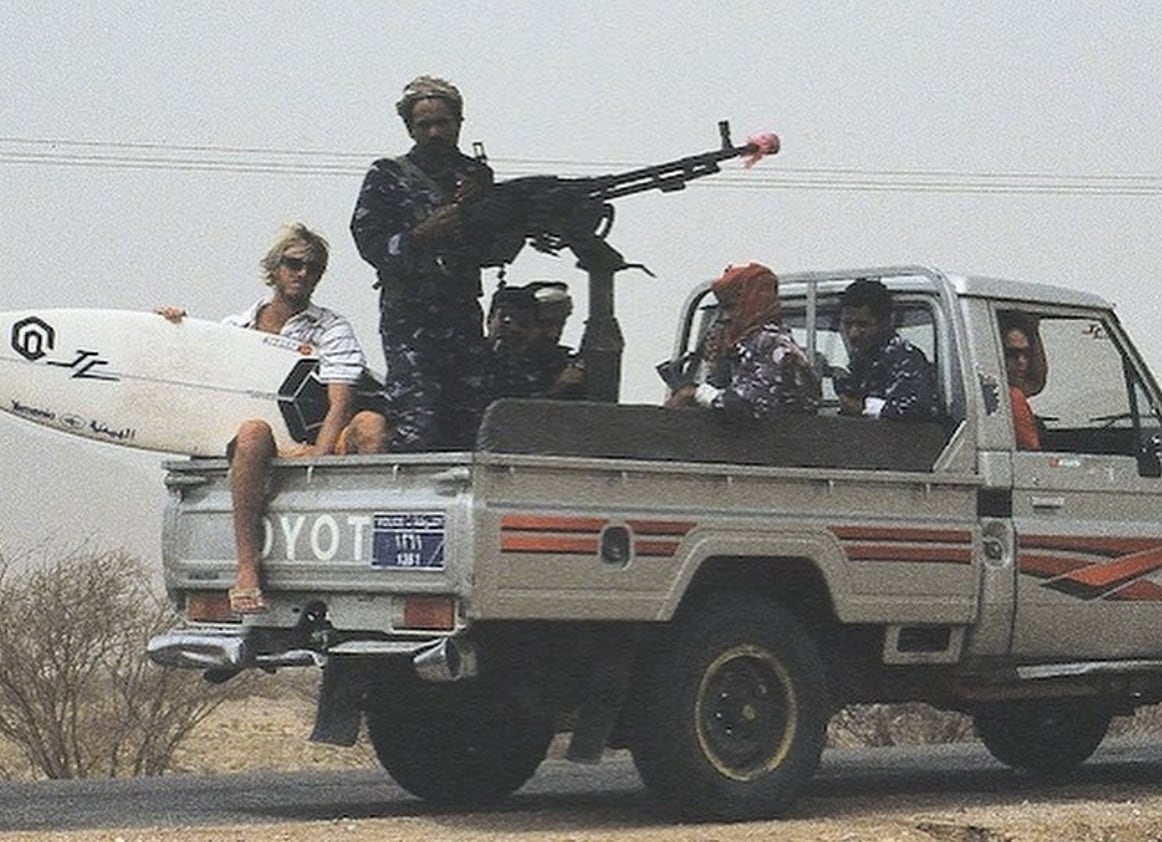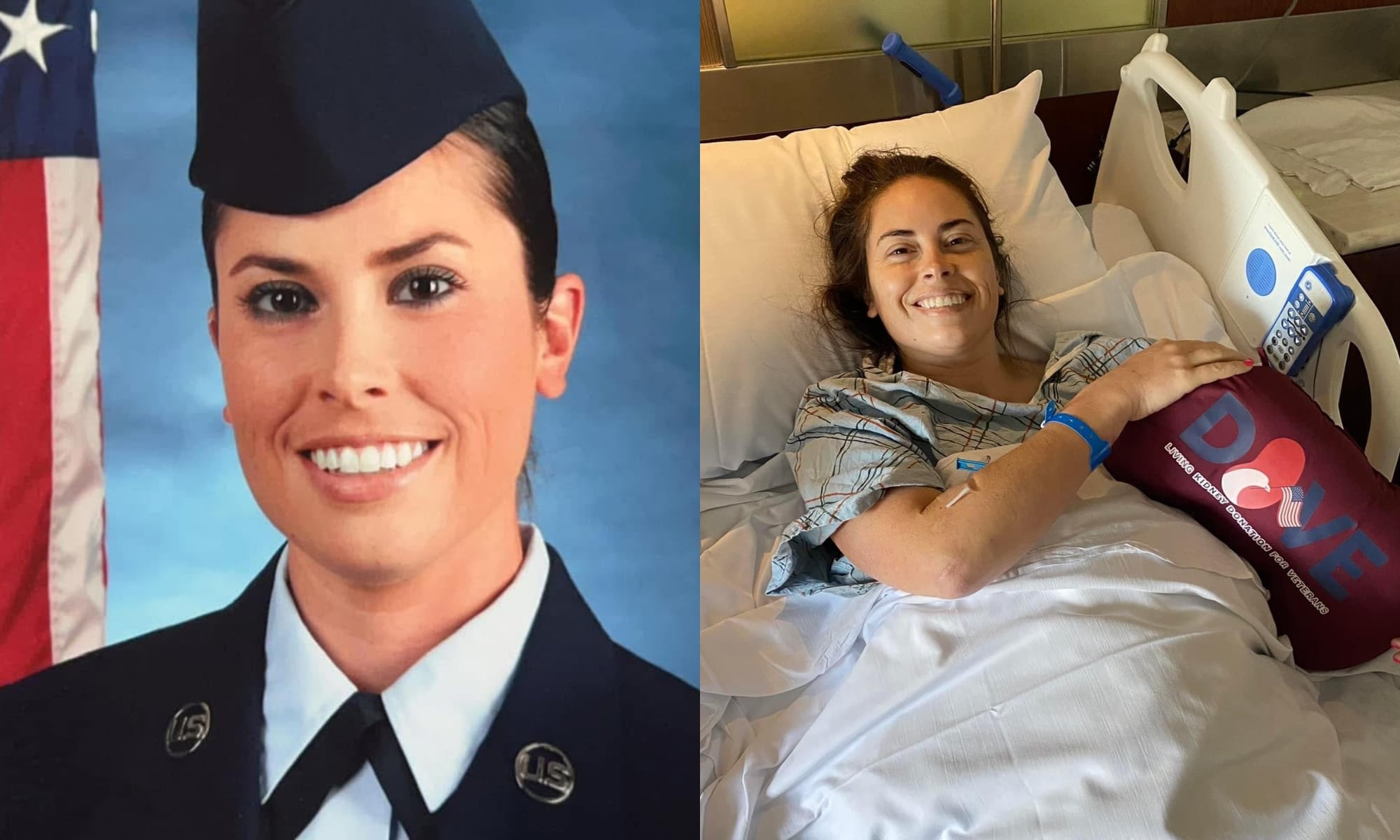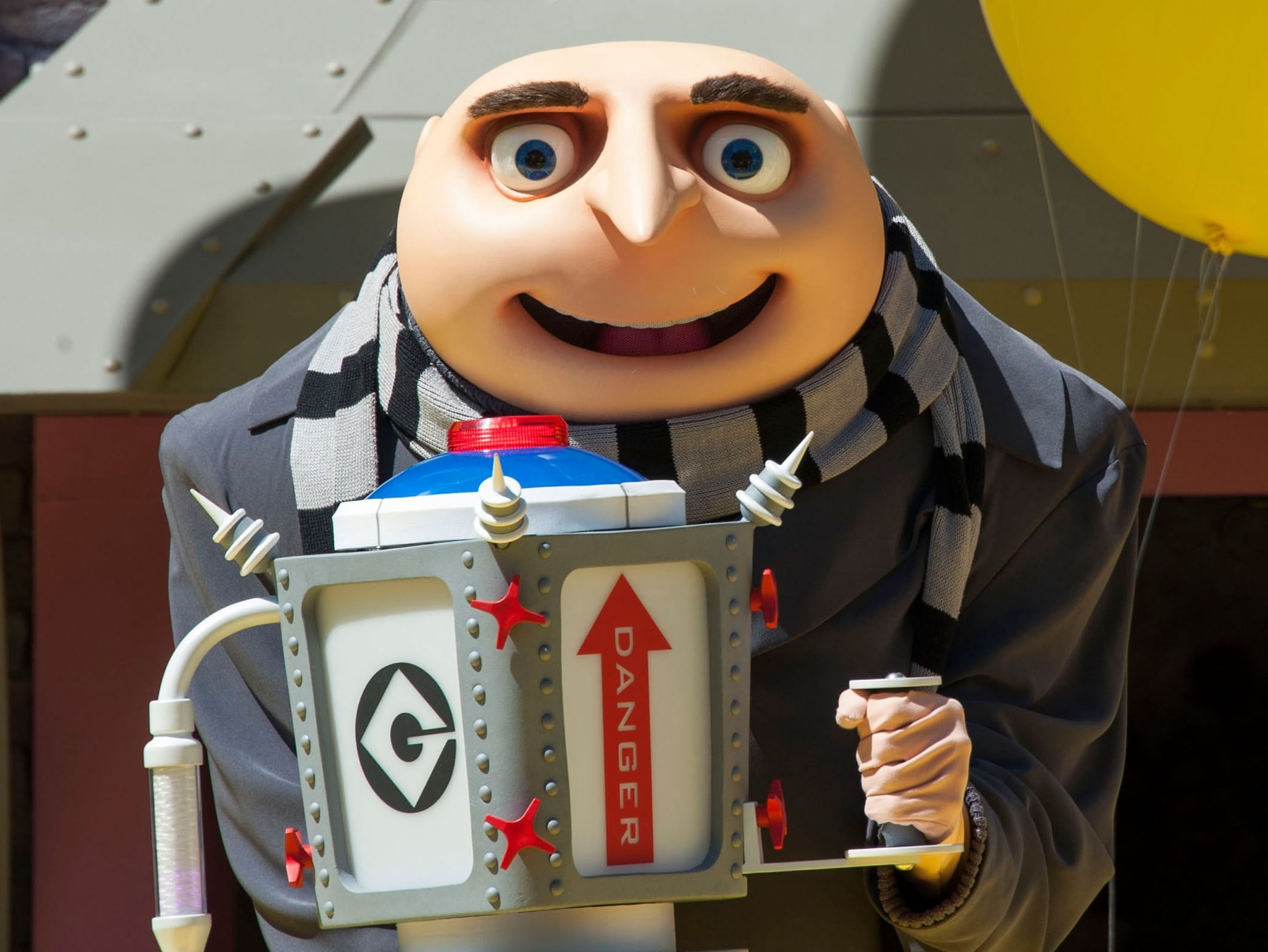No one can argue that Toyota vehicles are dependable, affordable, and abundant. But ask any veteran of the last 50 years and they’ll tell you these Japanese automobiles are vehicles of war.
In fact, there was even a Toyota War fought in the late 80s between Libya and Chad, named thus for the Toyota Hilux and the Toyota LandCruiser, which the Chadians selected for their durability and mobility in battle.
But one man, Chris, 26, has made it his life’s work to chronicle the use of Toyotas in combat through his Instagram page @ToyotasofWar.
“While working for a defense company that was building out Toyotas, I become obsessed with learning and gathering as much info on them as possible,” Chris told Military Times. “Part of that process was compiling any photos I came across. Over time, the page morphed into a way for guys and gals to share their own photos and stories of trucks from deployment.”
His fascination with the vehicle’s history is what fuels the feed, which he views as a form of photojournalism. Chris compiles the photographs and archives their unique histories.
“I believe the page has morphed into a unique combination of car content and photo-based wartime journalism,” he said. “In a social media world, we provide a nice change of pace. The ‘mall crawler’ and ‘overlander’ content is played out. Too many vehicles have turned into a rolling gear catalogue. We like to focus on the vehicles and how they are used.”
His favorite part of running the page, Chris said, is when someone converts to being a Toyota-buyer.
“I love sharing stories of Toyota reliability and how much abuse they can take,” he said. “I always get a kick out of the DMs saying, ‘Congrats, I will now be buying a Toyota. —Current Nissan owner.’”
Toyota’s DNA, he said, is based upon military vehicle designs. The staying power of Toyota from the Korean War through contemporary conflicts, however, comes down to its adaptability.
“Reliability and availability,” Chris said. “They work — and when they don’t, parts are widely available. It’s also important to understand the history of Toyota. [The company] received the design for the Model BM truck and the Willys Jeep from the U.S. Army as part of the Korean War effort. Eventually, Toyota’s version of the Jeep morphed into what is known as the modern day ‘LandCruiser.’”
And in fact, his favorite Toyota is the 79 series LandCruiser.
“As an American, it’s the proverbial ‘forbidden fruit,’” he added.
But it’s the white Toyota pickup truck that became somewhat synonymous with the War on Terror. However, according to Chris, it’s more a mix of coincidence and strategy.
“Statistically, white cars are popular worldwide,” he noted. “Last numbers I saw, close to 40 percent of the cars sold in the Middle East were color white. White paint stays cooler in the sun (up to 15 degrees cooler), plus they are are easier to maintain visually (don’t show scratches, and have a higher resale value). Tactically — white provides a decent base color that can be masked/camouflaged with mud mix.”
And it’s not just pickup trucks, he added. Toyotas of all shapes and sizes are seen in combat around the world.
“Vehicles in all forms are used,” he said. “Sedans, vans, scooters, I have even come across a forklift in use.”
This was the case on Aug. 29 when the U.S. Defense Department authorized a drone strike after commanders mistakenly thought they found a white Toyota sedan packed with explosives driven by an Islamic State operative. It turns out that the driver was an aid worker transporting water for his family. The hellfire strike killed seven children and three adults.
On Nov. 3, the Defense Department announced that it found no misconduct in a review of the drone strike.
The review, carried out by Air Force Lt. Gen. Sami Said, found issues of communication and in the process of identifying and confirming the target ofn the strike, Military Times previously reported. Ultimately, however, it was concluded that the mistaken strike happened despite prudent measures to prevent civilian deaths.
The U.S. is moving now to make financial reparations to the family, and possibly help them seek asylum outside Afghanistan.
Chris’ last name was omitted from this story to protect the privacy of the @ToyotasofWar account manager.
Sarah Sicard is a Senior Editor with Military Times. She previously served as the Digitial Editor of Military Times and the Army Times Editor. Other work can be found at National Defense Magazine, Task & Purpose, and Defense News.
In Other News















